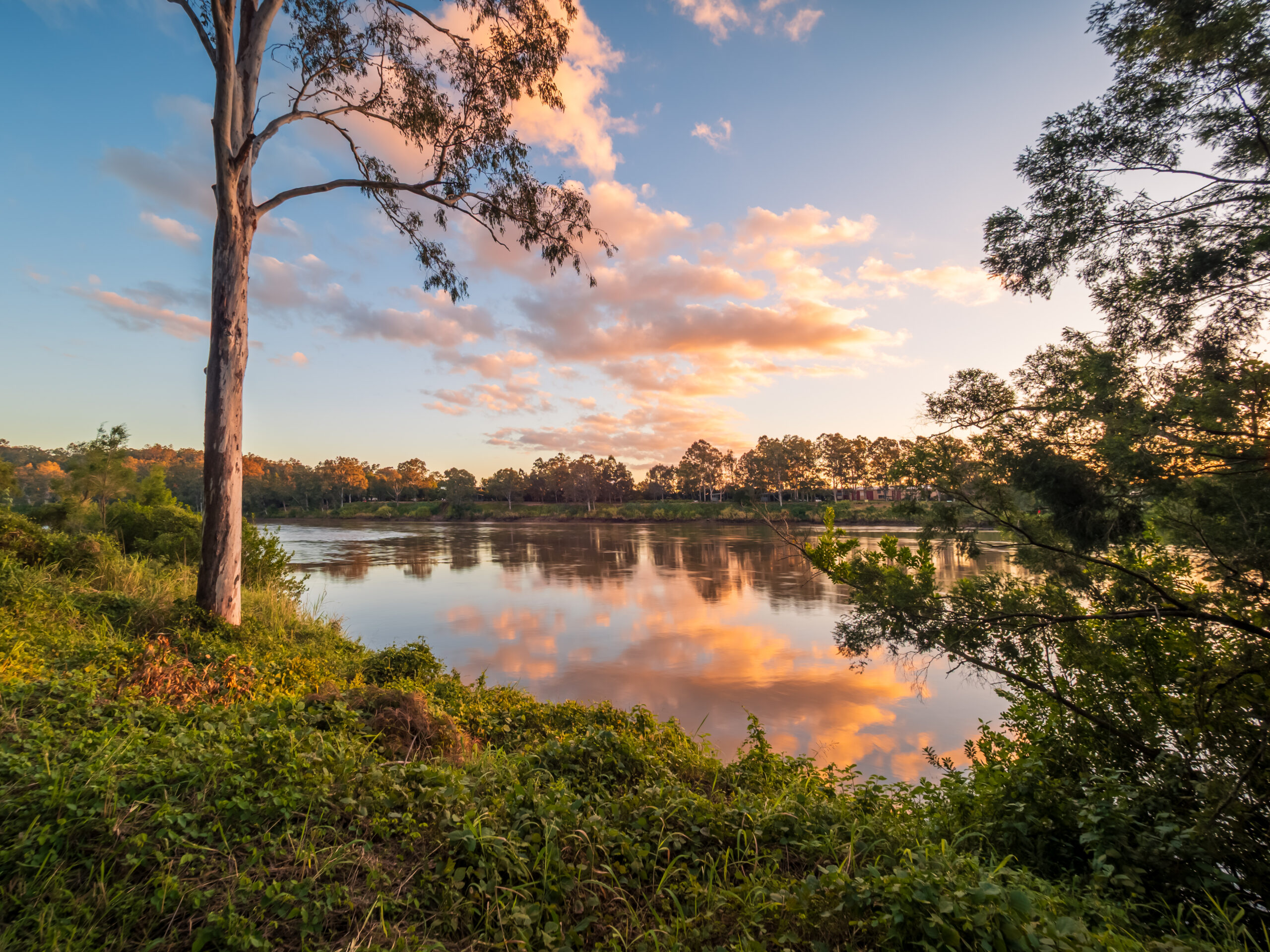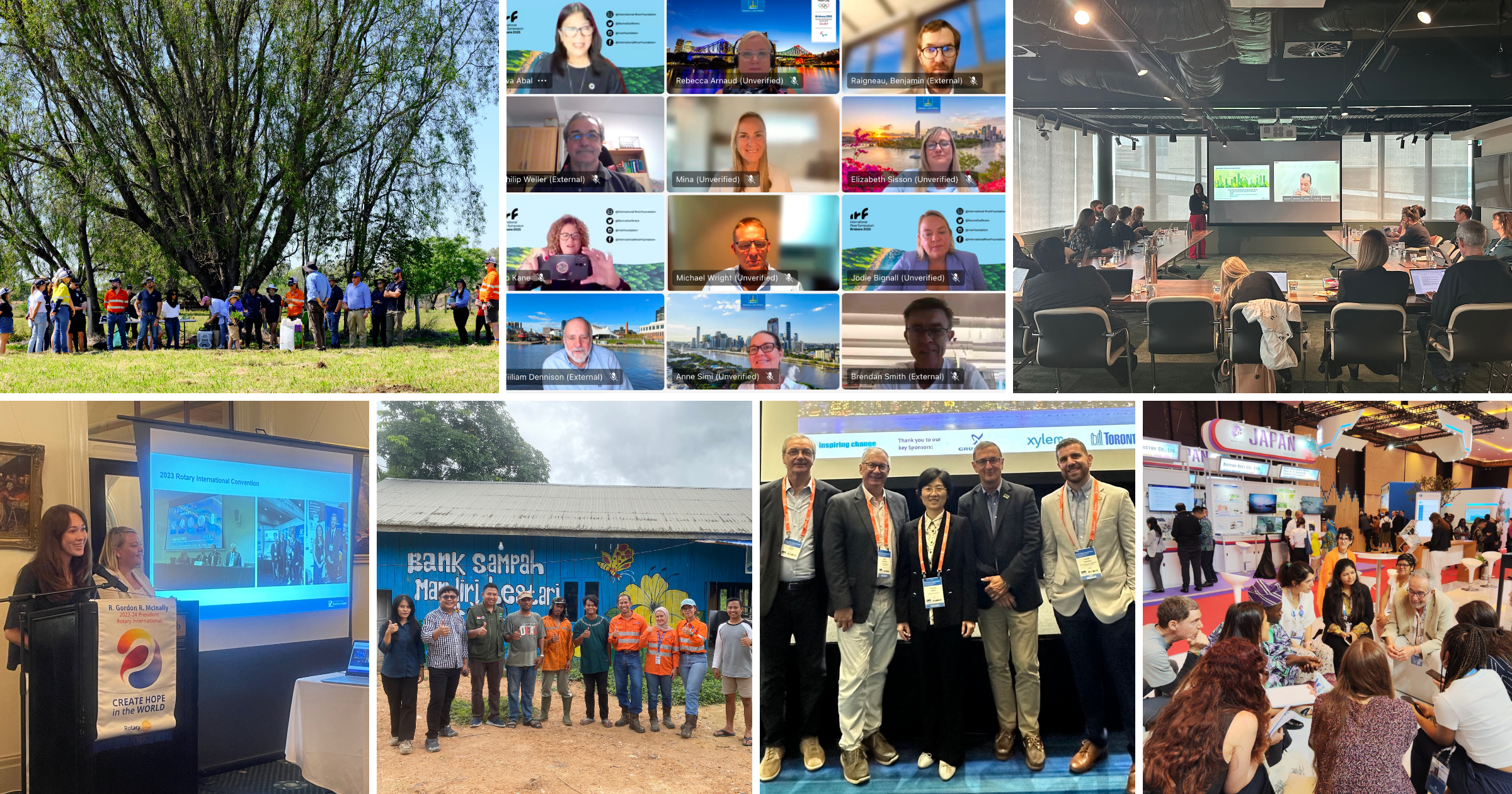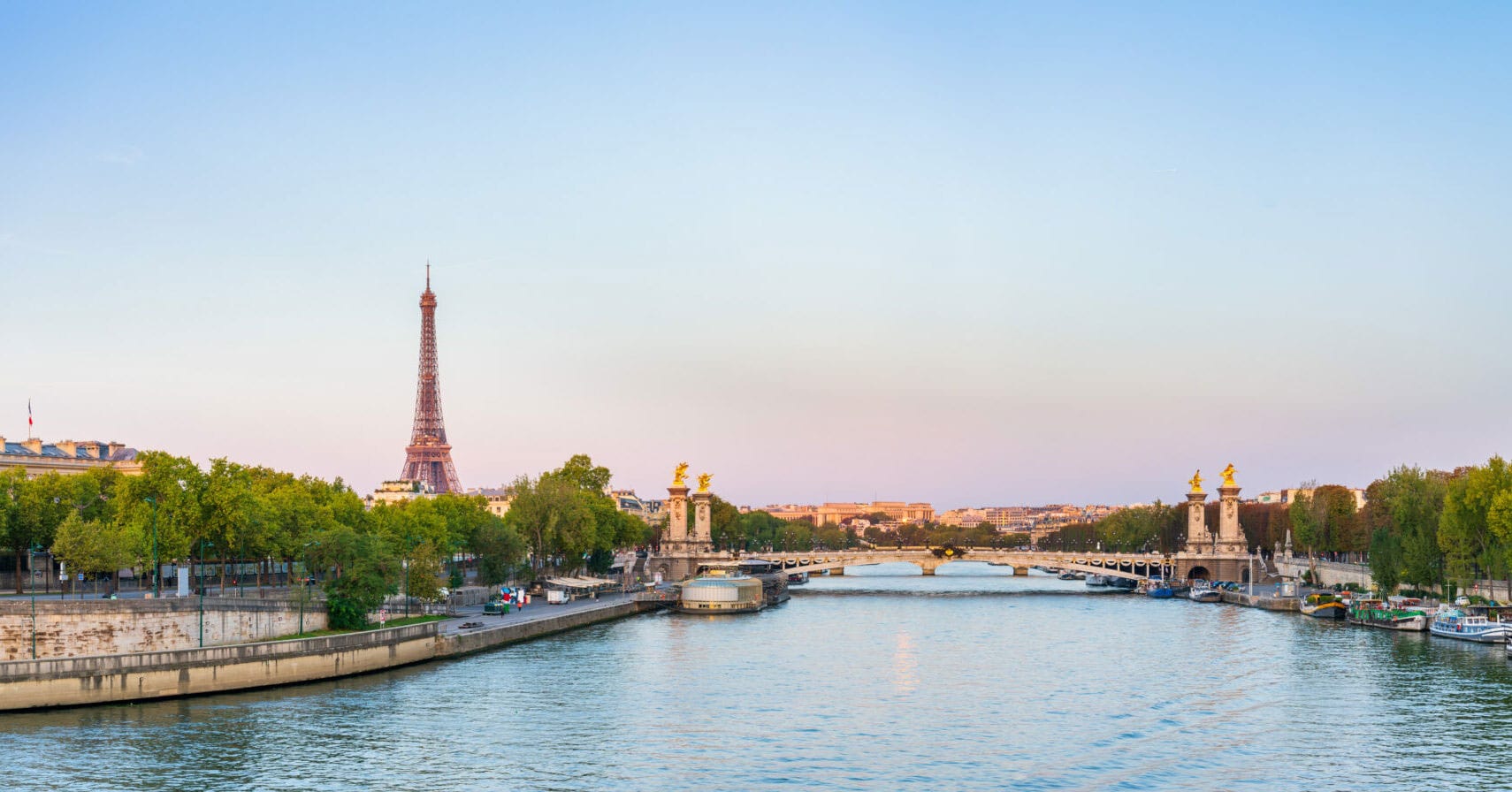
World Rivers Day 2025

This World Rivers Day, we invited authors Simon Cleary and Dr Margaret Cook to provide their reflections on our rivers, using the power of storytelling to celebrate these exceptional ecosystems.
Everything Is Water: Reflections on the Brisbane River
This World Rivers Day, let’s take time to pause and honour the waterways that sustain us. From the great rivers of the world to the smallest nameless creeks, each carries not only the water we need to live, but memory, culture and possibility. For me, there is one river that continually calls me back: the Brisbane River, also known by some as Maiwar.
In my book Everything is Water, as I reflected on my place in the world, I wrote: “It is to the river I turn. Like the city, my life here is unimaginable without the river.” Living in Brisbane, we know this truth in our blood. The river is not simply a feature of geography; it speaks to us about place and belonging. It winds through our city, carrying both beauty and danger, serenity and flood. To live beside it is to live with, and come to understand, paradox.
The Brisbane River has always been more than a body of water. It is story, memory and teacher. Its floods have scarred and reshaped us, but they have also taught many of us resilience. Its gentle reaches offer solace, reminding us of the need to sit still, to listen. “Creating. Destroying. Altering. Cleansing. The river obeys a natural law and pursues an ancient destiny: to flow.” These words from Everything is Water reflect what rivers so often try to show us: that change is constant, and what we need to learn is how to live well with it.
This is why rivers demand more than technical management or environmental policy, important as those things are. Rivers activate imagination. They ask us to tell stories – stories of interdependence – and in doing so to weave their presence into our own. Indeed, storytelling is one of the most powerful ways we can reconnect people to rivers. Telling and retelling the stories of our rivers reminds us not only of their ecological importance, but of their deep and enduring place in our lives.
Just weeks ago, I had the privilege of presenting alongside my fellow author Dr Margaret Cook at the 26th International River Symposium here in Brisbane with its theme of “climate resilience”. It was a reminder that conversations about rivers cannot, and should not, be confined to the realms of science and policy alone. They must also be about how rivers influence our inner lives and identities. How they shape who we are as a people and a culture. I am convinced that when we weave together knowledge and narrative, we better understand the preciousness of our rivers, and find new ways to care for and sustain these extraordinary systems.
On this World Rivers Day, I encourage you to take a moment with the river closest to you: your river. Walk along its banks. Remember its history. Think about all the ways you depend on its waters. Imagine its future. Give thanks for its quiet, persistent labour in sustaining life.
For when we stand beside the Brisbane River, we glimpse something larger than ourselves.
“The path rises gradually. Trees fall away, one by one, until ahead of us there is sky and beneath our feet rock, and the rock and sky draw us forward, impossible to resist, till the rock is no more, the earth is no more, and we are standing on a precipice, and if it is the edge of eternity, eternity is a river. This river. I look out. I look up. I look down. The river is wide, brown, swollen and flowing fast below us, flowing from the very horizon itself, straight towards us, before it turns away at the foot of the cliff far below and veers to its left. Watch it come. Watch it go. Feel its spirit. The river’s presence is so great that all else disappears, including John, including me.” (Everything is Water)
Everything is water. And it is worth celebrating.
—
Simon Cleary, author of Everything is Water and a finalist for the Queensland Premier’s Award for a Work of State Significance.
Thinking About Rivers
Floods are often described as natural disasters. Just as rivers shrink in drought in times of heavy rainfall they overflow their banks and cause floods. But in writing my book, A River with A City Problem, about the history of floods in the Brisbane River, I realised that floods are also steeped in history, culture and politics. While the floods may be natural, the hazard is human created, largely by the decision to build on a flood plain.
Rivers are natural, carved through the land by ancient water flows. To Aboriginal people, rivers are alive and have their own pulses, hydrological rhythms and life cycles. Rivers give water for life, provide habitat for animals and plants, and inundate riverbanks with rich alluvial soil that sustains agriculture. Their flows replenish and regenerate the estuarine environment. Like floods, rivers also have cultural and social dimensions. They have long histories of modification through human endeavour that include dredging, straightening, hydro-engineering and extracting of water. Rivers have been drained, polluted and exploited, harming their health. Species have been introduced at the detriment of the native flora and fauna, and land clearing and agriculture have increased bank erosion and sedimentation. Some Australian rivers are running dry or are now too salty to drink.
In September I shared the stage with author Simon Cleary and journalist John Taylor at the 26th International River Symposium in Brisbane. Together we shared our own personal stories of rivers and the ways we think about them. We highlighted historical accounts of rivers and narratives of change. We spoke of our embodied and lived experiences of walking or researching the Brisbane River and our hopes and concerns for the Brisbane River’s future. We were reminded of people’s deep connections with rivers and the power of storytelling to foster attachment to our rivers and garner an appreciation of their importance.
Rivers are much more than a resource to be regulated through hydro-engineering with their waters extracted to increase productivity. They are used for recreation by boaters and rowers, fishers and bird watchers. A walk along a river offers time for reflection and a chance to appreciate its beauty and tranquillity. In droughts, a river provides solace, a source of hope in a time of stress and emotional fatigue. Many people love their local rivers with a deep attachment and some voluntarily labour to keep them clean and revegetate their banks. These human activities reflect the layered ways that many people think about and relate to rivers.
Rivers are the giver of life and joy. But they need our care in return. On this World Rivers Day, let’s take time to think about rivers and their natural rhythms and life cycles as they flow through cities. Let’s celebrate how they sustain life, add beauty, recreation and joy to our lives and take time to give thanks.
—
Dr Margaret Cook, author of A River with a City Problem and Research Fellow at the Australian Rivers Institute, Griffith University.



